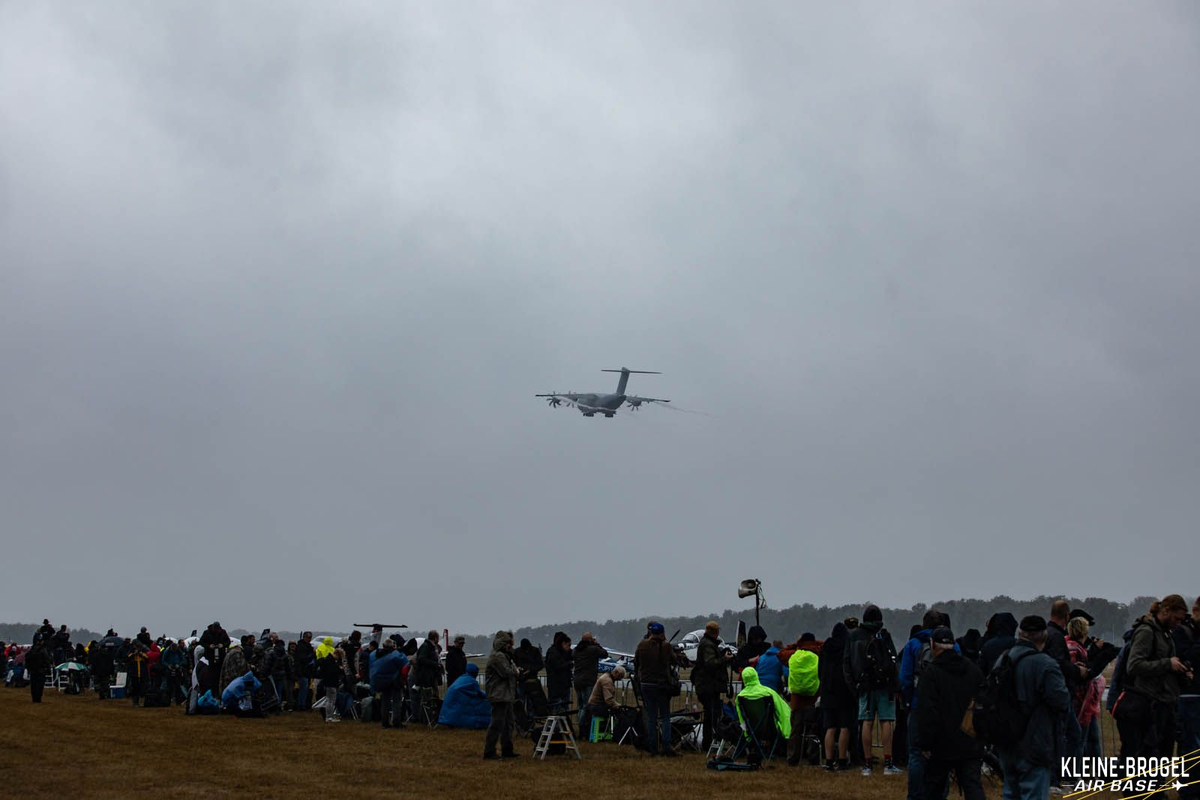WASHINGTON, DC – The recent surge of unauthorized drone flights has now breached one of Europe’s most sensitive military installations – Belgium’s Kleine Brogel Air Base, long believed to host US nuclear weapons.
For the second time in 24 hours – and the fourth such incident in recent weeks – unidentified drones were detected hovering over the Limburg Province air base on Friday night and again on Saturday.
Follow our coverage of the war on the @Kyivpost_official.
The repeated incursions have laid bare vulnerabilities in NATO’s defenses, triggering an urgent scramble for a coordinated response to what many officials fear is a deliberate campaign of hybrid warfare.
Simultaneous sightings above the nearby Leopoldsburg military base suggested a coordinated, determined effort to penetrate protected airspace.
Symbol of NATO security
Kleine Brogel is no ordinary air base. It is a cornerstone of NATO’s nuclear deterrence posture, storing US gravity bombs under the alliance’s nuclear-sharing agreement.
Its strategic value was underscored last month during NATO’s annual nuclear defense exercises. The base is also set to host advanced F-35 fighter jets by 2027, further elevating its importance.
The surveillance-style drone flights raise pressing questions about intent. Are these the actions of reckless hobbyists – or a calculated intelligence-gathering mission by a hostile state?
Belgian Defense Minister Theo Francken confirmed the incidents, noting that the base’s drone detection system was active at the time. Despite efforts by a police helicopter to pursue the intruders, the drones vanished before ground units could arrive.
“The Defense must do everything in its power to shoot down these drones,” Francken said Saturday, calling for immediate reinforcements. “We urgently need more CUAS instruments — Counter-Unmanned Aircraft Systems,” he added.
Echoes of a continental threat
Belgium’s breaches are part of a broader, disquieting trend. Across Europe, mysterious drones have been spotted over military installations, airports, and energy infrastructure in recent months. Germany, Denmark, Sweden, and other NATO allies have all reported similar incidents—often disrupting air traffic and prompting heightened security alerts.
While investigators have not attributed the Kleine Brogel flights to any specific actor, suspicion inevitably turns eastward.
European officials increasingly suspect Moscow of orchestrating a “gray-zone” campaign—testing NATO’s defenses, probing weaknesses, and sowing unease without triggering open conflict.
Hybrid warfare playbook
Analysts say the pattern of incidents bears all the hallmarks of modern hybrid warfare.
The drones may be collecting intelligence, mapping base security routines, tracking troop movements, and identifying the locations of sensitive assets such as weapons bunkers.
Each intrusion also serves as a live test of NATO’s response time. By repeatedly flying over restricted areas, the operators can assess how quickly Belgian and allied forces detect, track, and attempt to neutralize the drones.
The fact that police and military units have so far failed to intercept them underscores a significant gap in defensive readiness.
But the intent may go beyond reconnaissance. By targeting an air base associated with US nuclear weapons, the perpetrators are also sending a message.
The flights generate fear and uncertainty, erode public confidence, and pressure governments to act – an effect that aligns perfectly with the psychological aims of hybrid warfare.
Racing to plug the gaps
The inability of Belgian forces to intercept or neutralize the drones highlights a dangerous shortfall in both technology and legal authority.
Francken’s statement acknowledged as much – a rare public admission of weakness in NATO’s own backyard.
In response, the minister announced a €50 million initiative to develop a robust drone defense network. The proposal will be discussed by an inter-cabinet working group on Tuesday before heading to the Council of Ministers on Friday.
But experts warn that acquiring and deploying integrated CUAS systems could take months, leaving a critical window of vulnerability.
Next week, Belgian defense officials and local police are set to convene to “analyze the threat and scale up efforts to find and arrest drone pilots.”
Meanwhile, intelligence analysts are poring over radar data and captured imagery in an effort to trace the devices’ origins.
As the US and NATO monitor the situation, the drone intrusions over Kleine Brogel stand as a stark warning: the future of warfare is increasingly fought at low altitude—with cheap, easily obtained, and highly deniable technology challenging even the world’s most secure military sites.
